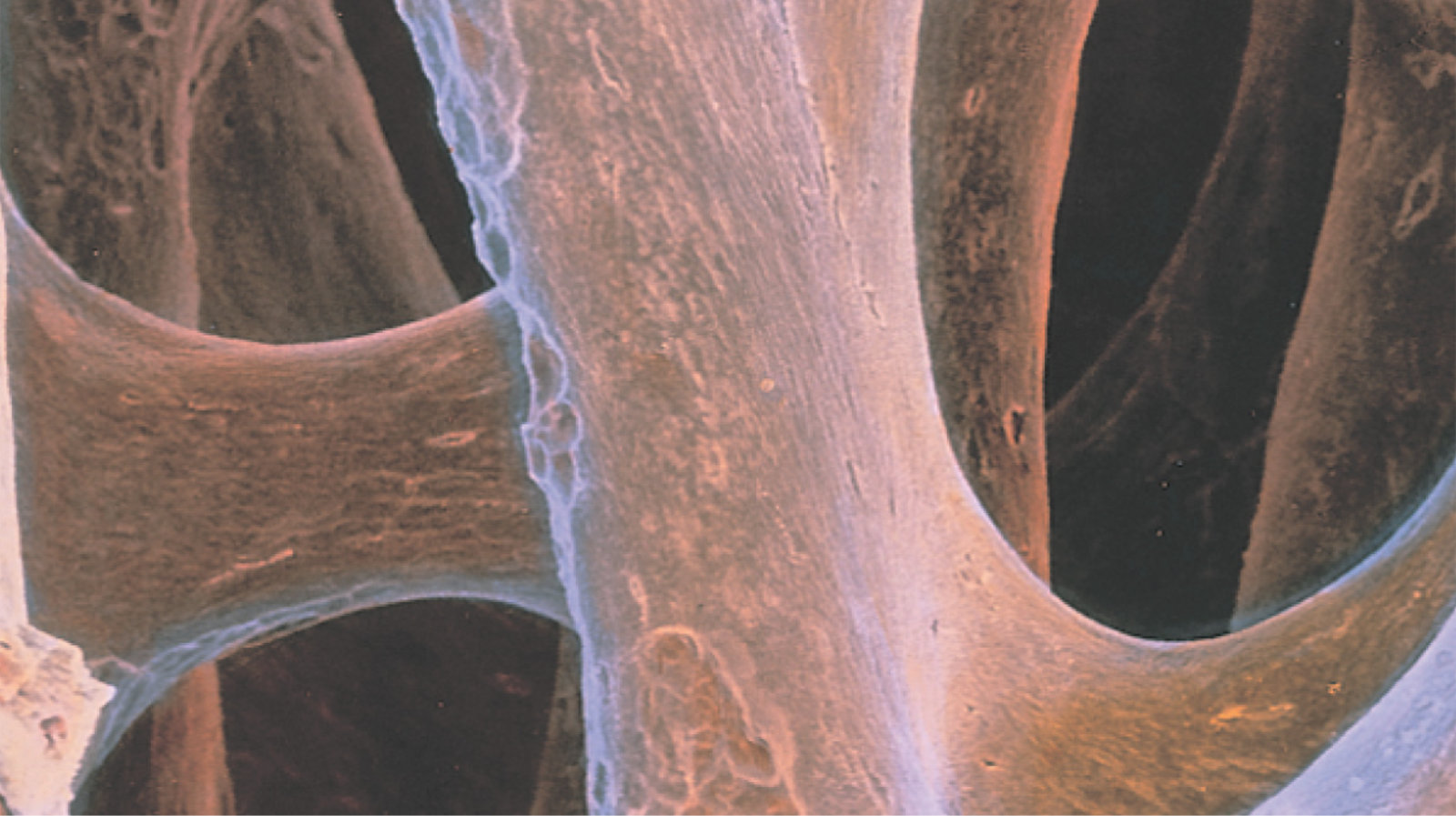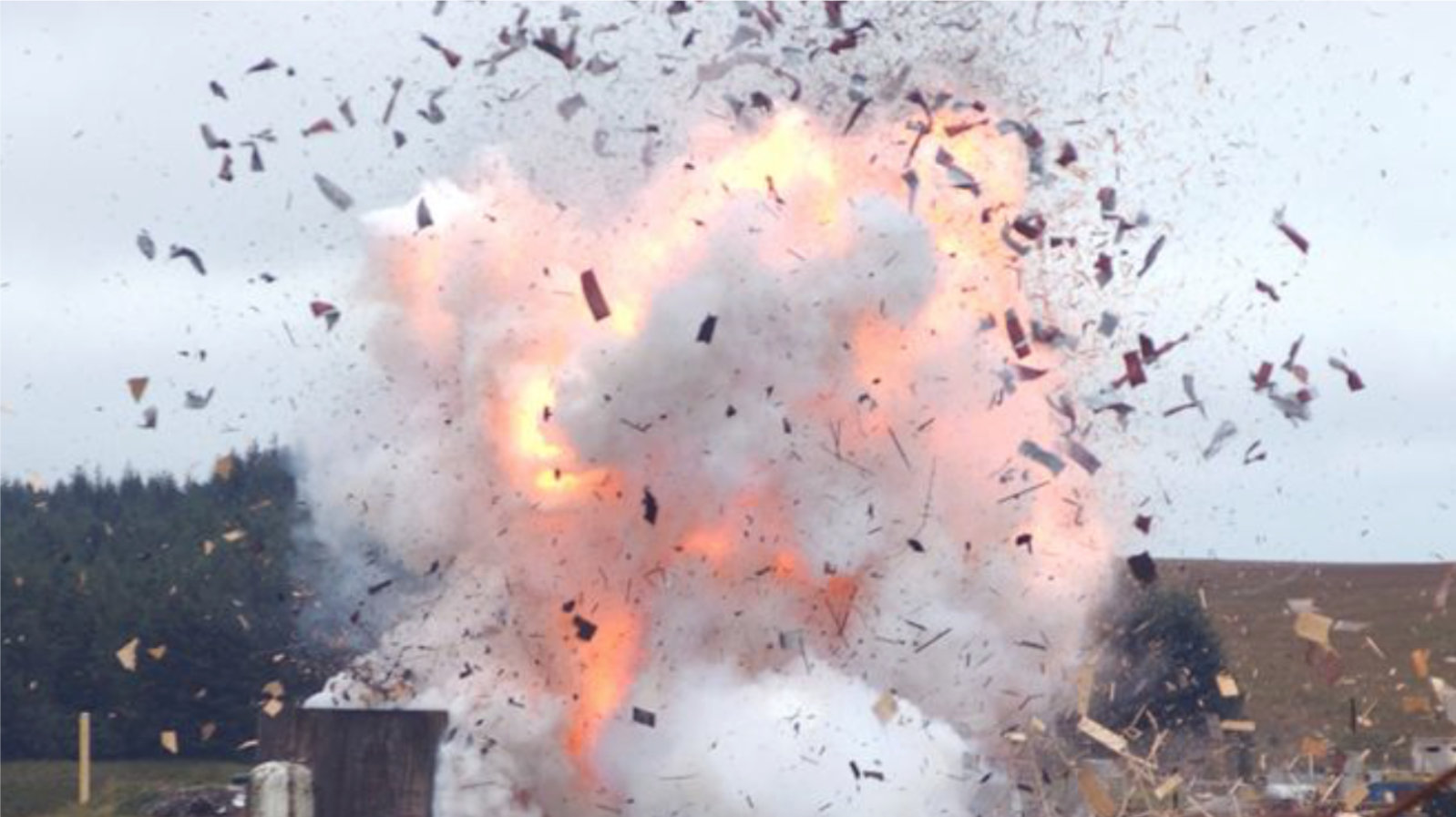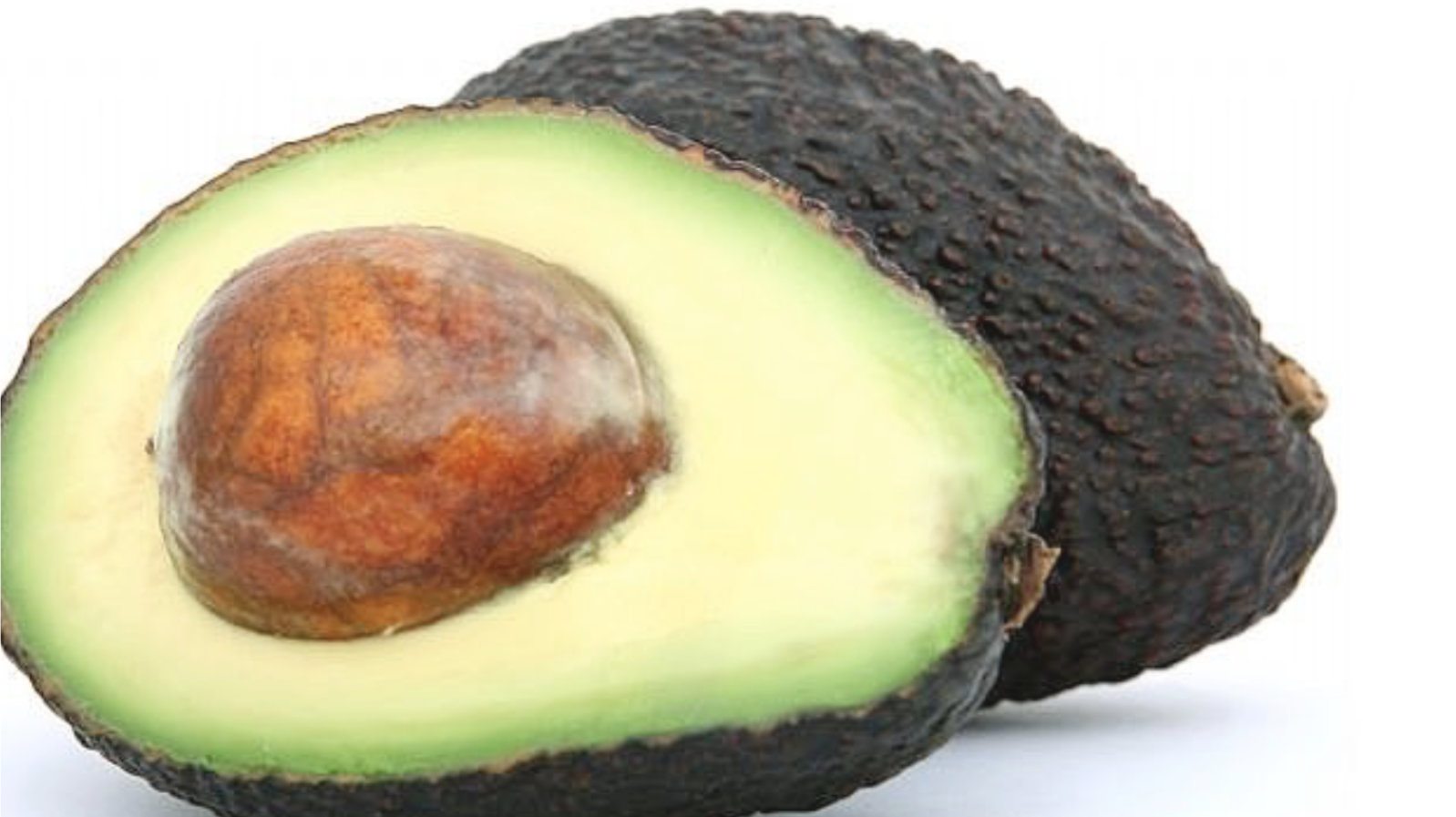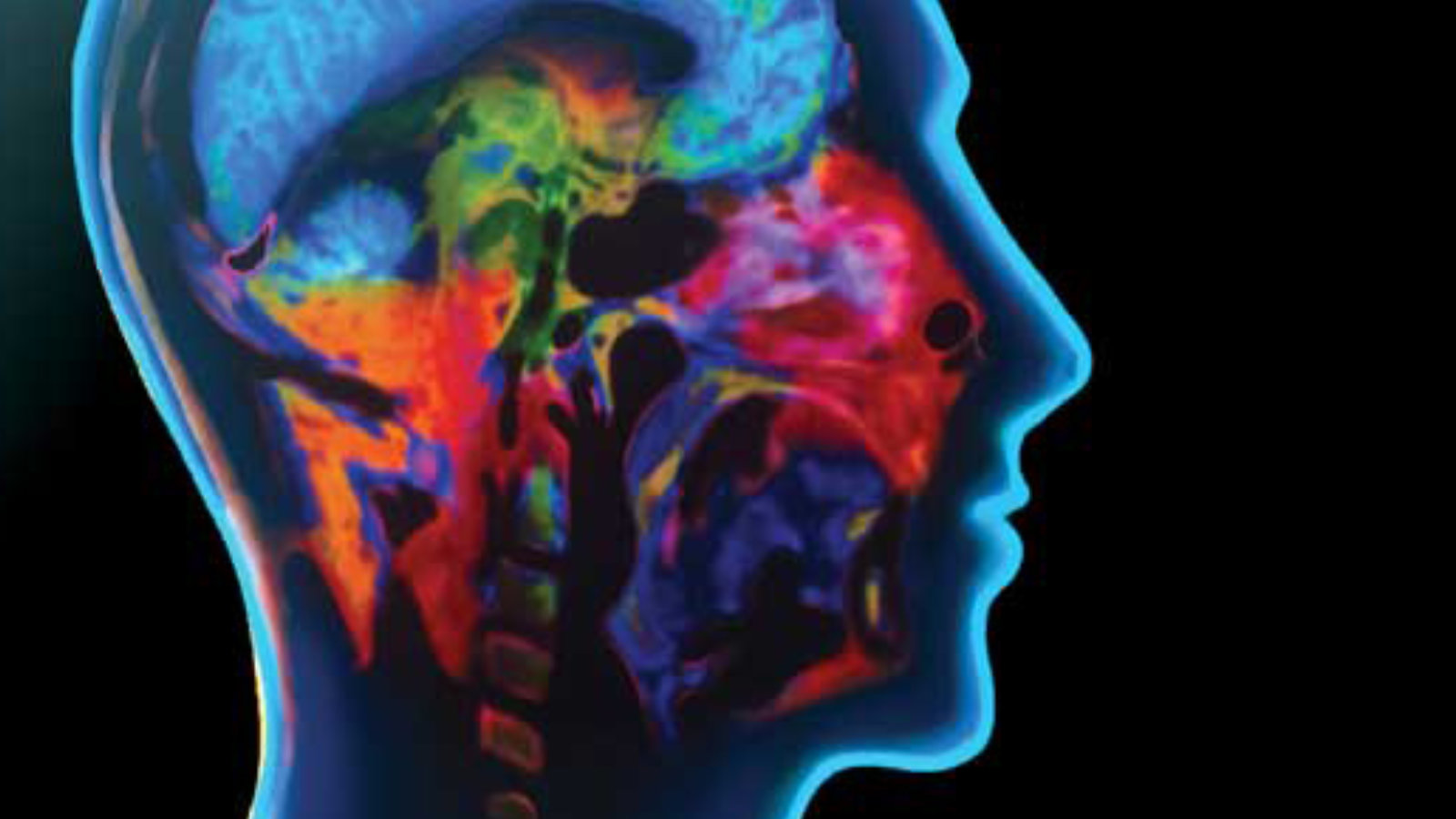Module 1

Action Items
Study Guide
- Describe the study of chemistry
- Compare and contrast the three states of matter
- Classify physical and chemical properties and changes
- Identify and describe pure substances
- Identify and describe homogeneous and heterogeneous mixtures
- Give the two components needed for a proper measurement
- Convert numbers in standard notation into scientific notation
- Convert numbers in scientific notation into standard notation
Lecture Videos
Additional Resources
Module 2

Action Items
Study Guide
- Classify a number as exact or inexact
- Determine the number of significant figures in any number
- Round the answer of a multiplication/division calculation to the correct number of significant figures
- Round the answer of an addition/subtraction calculation to the correct number of significant figures
- Identify the base units of measurement in the Metric system
- Use Metric prefixes to modify base units
- Compare measurements in the Metric system
- Solve chemical calculations involving density
- Convert between the English and Metric Systems
- Use Dimensional Analysis to solve chemical calculations
Lecture Videos
Additional Resources
Module 3

Action Items
Study Guide
- Convert between element names and their chemical symbols
- Describe modern atomic theory
- Give the charge and mass (in amu) of the three subatomic particles
- Explain atomic number and mass number in terms of subatomic particle composition
- Determine the number of subatomic particles, mass number and/or identity of an element
- Describe isotopes of an element
- Identify the number of valence electrons in any main group element
- Draw the electron dot structure for any main group element
- Describe and locate the major classes of elements in the periodic table
- Locate elements when given the period and group number in the periodic table
- Describe the characteristics of and locate the following in the periodic table: alkali metals, alkaline earth metals, halogens, and noble gases
- Compare atomic size/radius using periodic trends
Lecture Videos
Additional Resources
Module 4

Action Items
Study Guide
- Determine if a compound is ionic or covalent
- Identify and describe cations and anions
- Determine the number of protons and electrons in cations and anions
- Determine the charge on an ion when given the number of subatomic particles
- Determine how many electrons an element will lose or gain to attain a full valence shell
- Determine the chemical formula and name of the ionic compound formed when given a metal and non-metal
- Determine the chemical formula and name of ionic compounds that contain main group and variable-charge cations
- Determine the chemical formula and name of ionic compounds that contain polyatomic ions
Lecture Videos
Additional Resources
Module 5

Action Items
- Study Modules 1-4
- Complete Exam 1 by Sunday 11:55 pm
Taking Your Exam
- You will have 120 minutes to complete the exam.
- Once the exam timer starts it will not stop even if your internet connection is lost. Be sure to be in a location with stable, fast internet.
- I recommend using this handout for quick reference information.
- The exam is comprehensive, but focuses on recent material from Modules 1-4.
- To access the exam:
- Login into Lamaku and go to the Assessments tool
- You will find Exam 1 there
- Enter the Password given in the Module 5 Announcement
- Read and Agree to the Honor Pledge
- Your exam timer will start
Module 6

Action Items
Study Guide
- Determine the number of unpaired electrons for any main group element.
- Utilize key bonding patterns to draw Lewis structures.
- Incorporate multiple bonds when appropriate to draw Lewis structures.
- Convert chemical formulas of covalent compounds to their names and vice versa.
- Determine the molecular shape and bond angles around any atom in a covalent molecule.
- Describe the concept of electronegativity and rank atoms in increasing electronegativity.
- Properly label a polar covalent bond with partial positive and negative charges.
- Determine the overall polarity of any molecule.
Lecture Videos
Additional Resources
Module 7

Action Items
Study Guide
- Write balanced chemical equations
- Determine mole-to-mole ratios from balanced chemical equations
- Perform mole-to-mole conversions using chemical equations
- Classify chemical reactions by each of the five types
Lecture Videos
Additional Resources
Module 8

Action Items
Study Guide
- Use Avogadro's number to convert between moles and molecules
- Calculate the molar mass of any compound
- Perform mole-mass calculations
Lecture Videos
Additional Resources
- Some of my students use Quizlet to make flashcards for studying. Here is an example on molar mass. I hear it works well for A&P exams in PHYL 141/142.
Module 9

Action Items
Study Guide
- Solve energy calculations involving macronutrients
- Describe the energy flow of the six phase changes
- Determine if a chemical reaction is endothermic or exothermic
- Draw energy diagrams for endothermic and exothermic reactions
Lecture Videos
Additional Resources
Module 10

Action Items
- Study Modules 6-9
- Complete Exam 2 by Sunday 11:55 pm
Taking Your Exam
- You will have 120 minutes to complete the exam.
- Once the exam timer starts it will not stop even if your internet connection is lost. Be sure to be in a location with stable, fast internet.
- I recommend using this handout for quick reference information.
- The exam is comprehensive, but focuses on recent material from Modules 6-9.
- To access the exam:
- Login into Lamaku and go to the Assessments tool
- You will find Exam 2 there
- Enter the Password given in the Module 10 Announcement
- Read and Agree to the Honor Pledge
- Your exam timer will start
Module 11

Action Items
Study Guide
- Describe the three types of intermolecular forces.
- Identify the type(s) of intermolecular forces between molecules.
- Convert between different units of pressure and temperature
- Describe the conceptual relationships between the pressure, temperature and volume of a gas
- Perform calculations using Gas Laws
Lecture Videos
Additional Resources
- Balloons in liquid nitrogen demo video of Charles' Law
Module 12

Action Items
Study Guide
- Predict solubility based on the "like-dissolves-like" concept
- Explain how temperature and pressure affect solubility
- Calculate % w/v and % v/v of solutions
- Use percent concentration as a conversion factor
- Calculate the molarity of solutions
- Use molarity as a conversion factor
- Perform dilution calculations
- Describe the colligative properties of BP elevation and FP depression
- Classify and describe hypotonic, hypertonic, and isotonic solutions
- Explain how dialysis works
Lecture Videos
Additional Resources
Module 13

Action Items
Study Guide
- Identify Arrhenius acids and bases
- Identify a Bronsted-Lowry acid, base, conjugate acid, and conjugate base
- Explain the difference between strong and weak acids
- Determine the shift in equilibrium according to Le Chatelier's Principle
- Identify if a solution is acidic, neutral, or basic
- Describe the chemical behavior of a buffer solution
- Describe what occurs chemically during respiratory acidosis and alkalosis
Lecture Videos
Additional Resources
- MIT OpenCourseware video on buffers. Focus on the first 6 minutes which provide nice visuals and a demo using legos.
Module 14

Action Items
Study Guide
- Define and give examples of the major types of radioactivity
- Determine the amount of radioactive substance remaining after a given amount of half-lives
- Defines the units of radioactivity (rad, rem, curie)
- Describe medical applications of radioactivity
Lecture Videos
Additional Resources
Module 15

Action Items
- Study Modules 11-14
- Complete Exam 3 by Sunday 11:55 pm
Taking Your Exam
- You will have 120 minutes to complete the exam.
- Once the exam timer starts it will not stop even if your internet connection is lost. Be sure to be in a location with stable, fast internet.
- I recommend using this handout for quick reference information.
- The exam is comprehensive, but focuses on recent material from Modules 11-14.
- To access the exam:
- Login into Lamaku and go to the Assessments tool
- You will find Exam 3 there
- Enter the Password given in the Module 15 Announcement
- Read and Agree to the Honor Pledge
- Your exam timer will start












